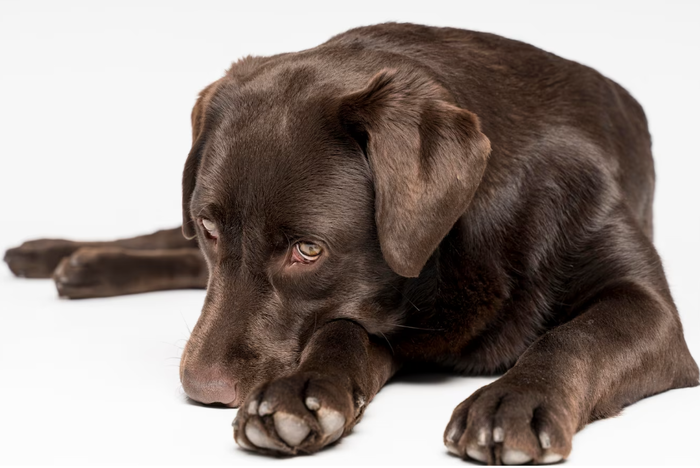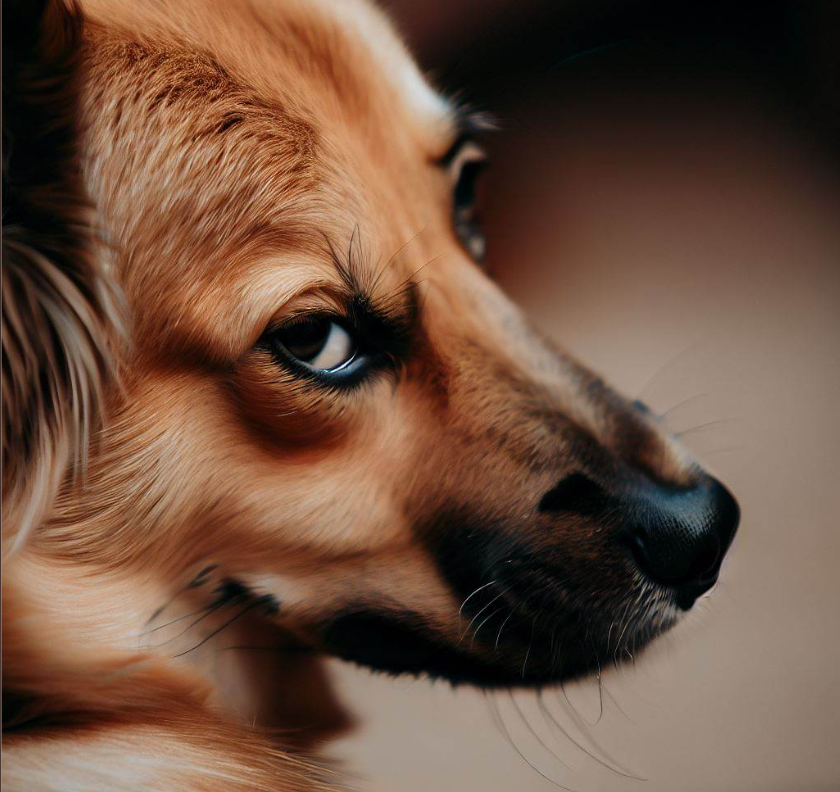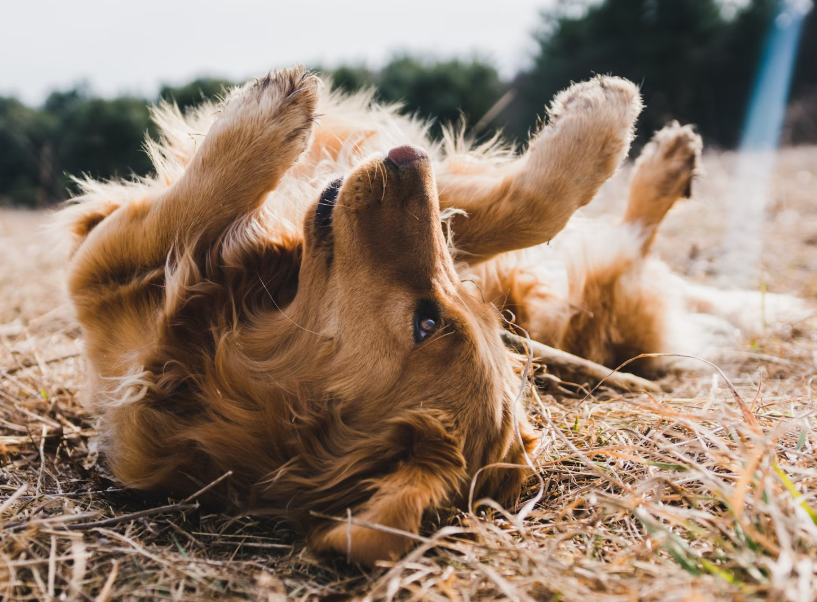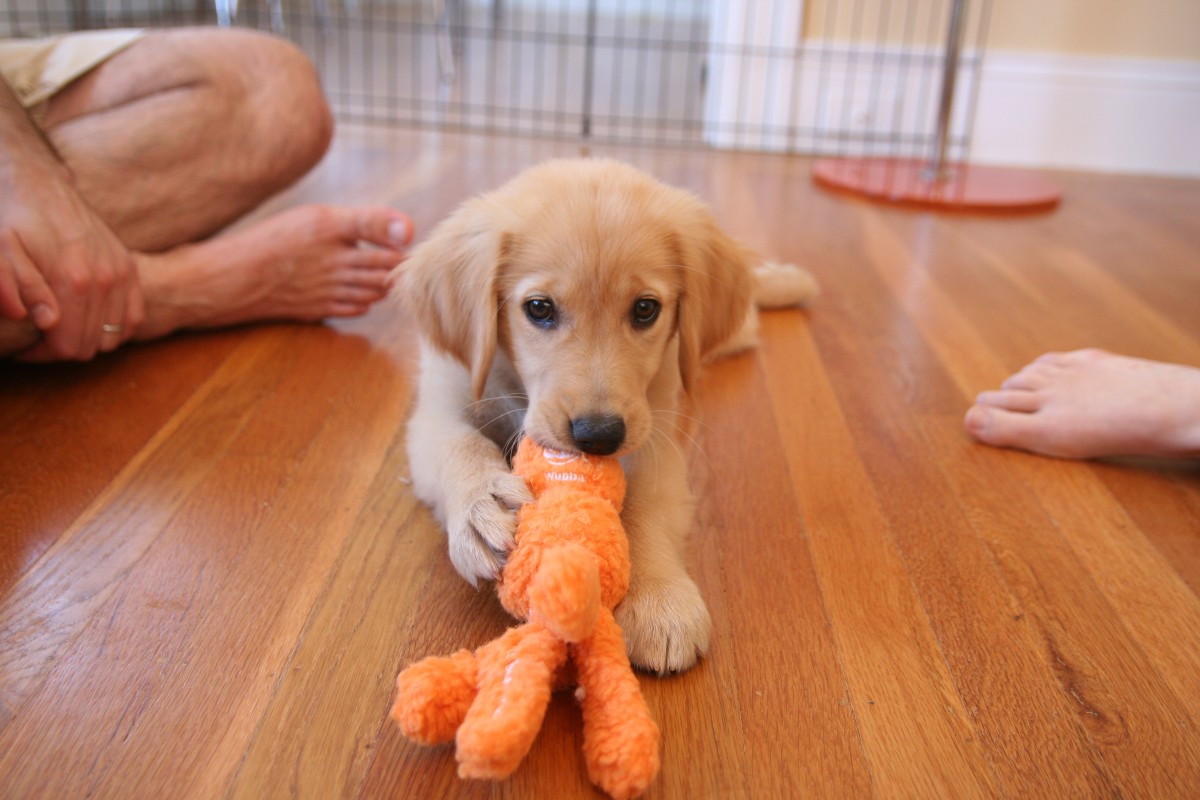
As loving dog and cat owners, we often find it hard to resist our pets’ adorable eyes and the way they look at us! Whether they just want us to feed them, take them for a walk, or play with them, we typically look forward to receiving their attention. It is a sign that they need us and love us after all, isn’t it?
In order to properly interpret our dog’s body language, we need to know them very well, including even the “quirky” aspects of their behavior and personality. A type of behavior, you may not completely understand is why our dog may give us a “side-eye”. Is it good, is it bad, is it normal…? We may find this a funny facial expression, which actually has its meaning.
Understanding why our dog is giving us a “side-eye” may help improve our communication and strengthen our bond. Let’s explore the possible reasons for this behavior!
What is a “Side-Eye”?
By talking about our dog giving us a “side-eye”, we refer to the behavior when our paw friend turns their head to the side and looks at us with the corner of their eyes. The whites of the eyes which are called “the sclera” are visible while the dog looks to the side.
Is Giving a Side-Eye a Way for Dogs to Communicate?
Yes, it is! Dogs express their emotions through their body language, facial expressions, and vocalization. When our paw friends are giving us a side-eye, this is not a randomly shown behavior, but a “tool”, used for communication. There are several reasons, which we are familiar with at this point, why a dog is giving their owner a side-eye.

What Does It Mean When Our Dog is Giving Us the Side-Eye?
Anxiety and Stress
Feeling nervous and stressed is unfortunately among the most common explanations for this behavior. Our dogs can be very sensitive toward any changes in their surroundings, especially if there are stimuli, that they may find hard to deal with. If you notice your dog giving you the side-eye, you should take a look at the situation and the environment at this particular moment. Are there guests who came to visit you, are there other animals nearby, especially if you are outdoors, or maybe certain sounds, and smells? Pay attention to your dog’s general posture and body language as well as the factors in the environment at the moment.
Feeling Uncomfortable
“Feeling uncomfortable” describes situations that do not provide your dog with the most positive experience, but that do not cause them too much stress too, based on the present stimuli.
For instance, clipping your dog’s nails, bathing, or grooming them as well as petting them on body areas that they do not like, may cause them to give you the side-eye.
Resource Guarding
Exhibiting this behavior can often occur when your paw friend wants to protect their belongings. Whether you are trying to move their favorite toy or food bowl away, or otherwise get closer to an item, a person, or a place they perceive as their belonging, you can expect your paw friend to give you the side-eye.
If your doggie tends to become protective of their items, you might consider training them in basic obedience and desensitizing. The following article might be helpful to you: Puppy Obedience Training.
Feeling Threatened
Your dog may feel unsafe and threatened in various situations, i.e. if another animal or an unknown person is nearby, and they feel that their personal space or territory may be invaded. Depending on the situation, you may need to remove the stimuli or train your dog to tolerate them. Desensitization and counter-conditioning are training approaches that can be very helpful in these types of situations!
Curiosity
Our paw friends may give us a side-eye when they are just curious. For instance, when we are engaged in an activity they seem to not fully understand, they may give us a side-eye to show us that they want to investigate.

Tips on What to Do if Your Dog Is Giving You a Side-Eye
What would be the best thing to do if your dog is looking at you from the corner of their eyes, depends on the particular situation. We will give you a few pieces of advice that can help you in this case.
Respect Your Dog’s Personal Space
Although cats are known for their desire to have personal space and not dogs, this is not completely true. Actually, there are many cats who enjoy the company of their owners and cuddling with them, as there are dogs who are more independent and put a high value on their personal space.
Even if your paw family member is very affectionate of you and is people-oriented in general, this does not mean that you shouldn’t respect their boundaries. When dogs feel overwhelmed, they will find a way to let their owners know about that using their body language and facial expression.
For instance, if your dog gives you a side-eye, while you are petting them, trying to move their toys or food, or if you are standing very close to them, it is advisable that you move back and give them some space.
Pay Attention to the Environment
There might be triggers in your dog’s environment, that arouse them. Figuring out the nature of the stimuli-objects, animals, people, places, sounds, smells...etc., in the particular situation, will help you make the right decision and prevent an eventual problem from occurring, i.e. your dog becoming reactive, vocal, or hiding somewhere.
Provide a Solution
As mentioned above, the solution may be simple, such as physically removing the trigger or moving your dog to another location. In some cases though, this would not be possible or would not provide a long-term solution.
You can train your dog to accept the stimuli instead and help change their attitude towards them. This will require you to practice regularly and be patient, of course.
Be Understanding
Yelling at a dog for not being well-mannered or neglecting their needs and personality, always seem like the easiest thing to do. This is, of course, never the case! Instead of ignoring or scolding your paw friend, try to understand what the problem is (if there is a problem that may lead to a behavioral issue in the future).
This will help you interact with them better and will also definitely have a positive effect on your relationship in general.












